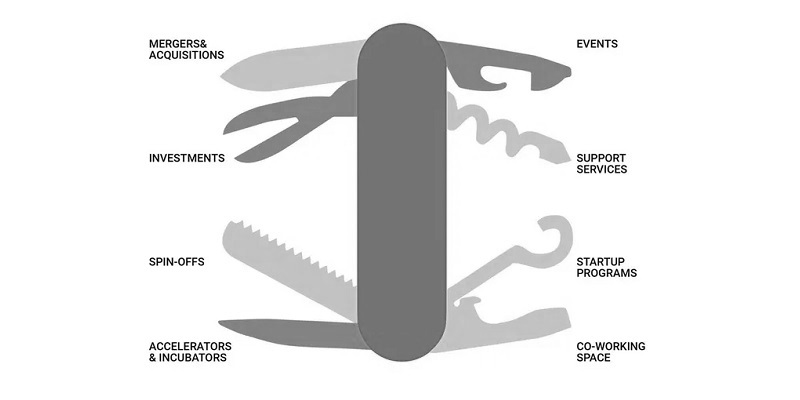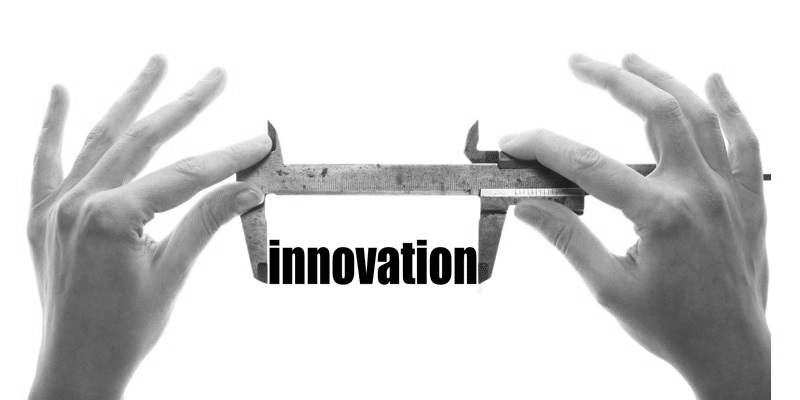First and foremost, correct understanding of a culture of innovation must starts with the culture. Culture is made by the people and is influenced by various processes, management style and rewards and recognition system.
- Employee Centricity
Embrace Merit
If employees get a signal that their ideas and considered and included in practice, on merit, they are motivated to make suggestions and come up with out-of-the box ideas. If the consistency of the receptivity shows a trend that ideas that have merit, irrespective of the role, status, or hierarchy, are accepted, it is very strong signal.
Empower Employees
While leadership’s actions will set the tone, remember employees typically interact with their supervisors daily. Workers will not voice innovative ideas if they fear failure or backlash from their team lead. With that in mind, managers should receive training on how to receive and incorporate feedback, create a supportive environment, and encourage employees to grow.
Embrace a culture of upskilling
Products and services do not remain same over the years. Organizations move on as needed by the market. Hence, it is important to give more emphasis on aptitude than the skills while recruitment. Skills can be acquired and processes should not only facilitate but encourage reskilling and upskilling. It has been seen, perpetual learners have more inquisitiveness and have greater tendency to transform, as they have an open mind and are vastly updated with the current thinking.
Adapt quickly to lead change
To innovate successfully, businesses need to stay nimble. Though following policies and procedures remain key to company values, leaders should react thoughtfully but act quickly in response to changing conditions. Whether that change is a new idea from a worker or a major global event, innovation thrives in a culture where employees have faith their organization can evolve.
Provide constructive feedback
Innovation does not typically strike by lightning. Instead, innovation occurs when employees receive on-the-spot feedback, prompting them to find a creative solution. To give effective feedback, concentrate on the idea, not the individual presenting, and be specific, timely and realistic.
When delivering constructive criticism, leadership and managers may hesitate to speak truthfully. However, a culture of innovation begins with a growth mindset at all levels of an organization. Employees will embrace constructive criticism if leadership adopts an attitude of continual improvement, mixes constructive criticism with an affirmation of quality work, and accepts employee feedback on corporate policies.
2. Goals must be articulated clearly
Goals must be clear enough to align team members, and loose enough that team members have autonomy in how to reach those goals. It is that autonomy, and the ability it allows for combining ideas and bringing in new perspectives, that allows real creativity to happen.
How do leaders accomplish clear goal setting? Outcomes need to be tangible. One example: Motorola set a goal of reducing the time it took to close their end-of-year books from six weeks to four days. That is a stretch goal, but also a clear and tangible one, with the ability to be measured. Incremental improvements would not help you meet that goal: it is going to take creativity and innovation.
3. Equitable and generous rewards and recognition
Your systems must support your goals. This means if you desire a culture of innovation, you must reward and recognize innovative behaviour, including risk taking, even when the results are not immediately positive.
This might include giving employees free time for passion projects, offering raises and promotions to those who contribute innovative ideas, or verbally celebrating innovation efforts during a team meeting.
In one example, Tucker and Edmonson (2003) found that nurses lost an average of 33 minutes per shift to unnecessary work due to preventable failures. A few simple changes could have solved the problems, but the nurses were so pressed for productivity, they had no time for innovation.
4. Supportive Collaboration
The final factor for fostering innovation is supportive collaboration not only internally across teams, units, and divisions, but also externally with partners in the same goal, thus taking clues from open innovation. Favourite illustration of this comes from a study of 10 well-established tech companies who were partnering with other companies for innovation (Davis & Eisenhardt, 2011). Researchers found that when the two companies in a partnership were more collaborative, it led to greater innovation as measured by the number of patents and participant ratings. The most collaborative partnership led to 18 new patents and participant ratings of 9 on a 10-point scale, compared to the lowest collaboration levels, which had no new patents and ratings of 2.













